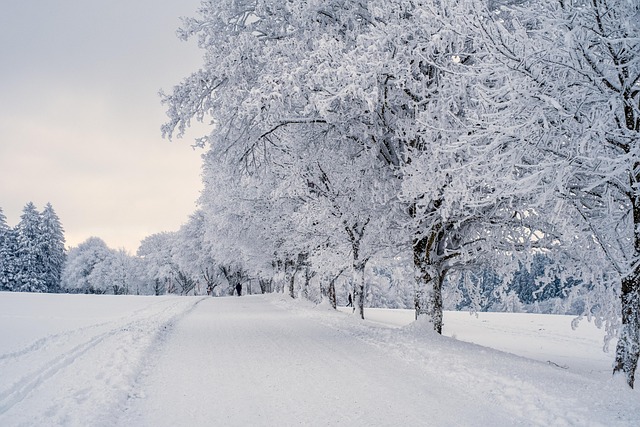Understand the Heart of Landscape Photography
When we think of landscape photography, we often envision breathtaking vistas that evoke a sense of peace, wonder, and connection with nature. Each photograph captures not just a scene, but the emotions tied to it, allowing viewers to step into the moment. Mastering landscape composition requires an understanding of how optics and camera techniques work harmoniously to create stunning images that resonate on an emotional level.
The Impact of Light on Composition
Light is the soul of photography. It can enhance the beauty of a landscape or render it flat and uninspiring. Understanding the golden hour—the time shortly after sunrise and before sunset—can transform a simple shot into an enchanting masterpiece. During this time, the soft, diffused light casts long shadows and creates a warm glow, bringing depth and vibrancy to your composition.
Choosing the Right Optics
The choice of lens can greatly affect the story your photograph tells. Wide-angle lenses are often favored in landscape photography as they allow you to capture sweeping vistas and expansive foregrounds, immersing the viewer in the scene. However, don’t underestimate the power of telephoto lenses; they can isolate a specific feature in the landscape, drawing attention to details that might be overlooked in a wide shot.
Understanding Depth of Field
A shallow depth of field can be effective, but in landscape photography, a deeper focus often conveys a more comprehensive view of the scene. Using a smaller aperture helps ensure that both the foreground and background are sharp, allowing the eye to explore the entire composition. The interplay between elements in your frame can tell a more compelling story, drawing viewers into a journey through the landscape.
An Eye for Composition Techniques
One of the fundamental skills for a landscape photographer is mastering composition techniques. Consider the rule of thirds—a principle that divides your frame into nine equal parts. Positioning key elements along these lines or at their intersections can create a more balanced and engaging photograph. Additionally, leading lines, natural frames, and symmetry are all powerful tools to guide the viewer’s attention and enhance the overall impact of your image.
Post-Processing Magic
Finally, don’t overlook the power of post-processing. Software like Adobe Lightroom and Photoshop allows you to enhance the mood and tone of your landscapes. Adjusting exposure, color balance, and sharpness can help restore the feelings you experienced while shooting. Subtle adjustments can transform a good photograph into a fantastic one, elevating the emotional response from your viewers.
Ultimately, mastering landscape composition is about marrying technical skills with personal expression. Each click of the shutter is an opportunity to convey your unique vision and perspective of the world around you. Embrace the journey, and let your passion for photography guide you to create breathtaking landscapes that evoke emotion and inspiration.



